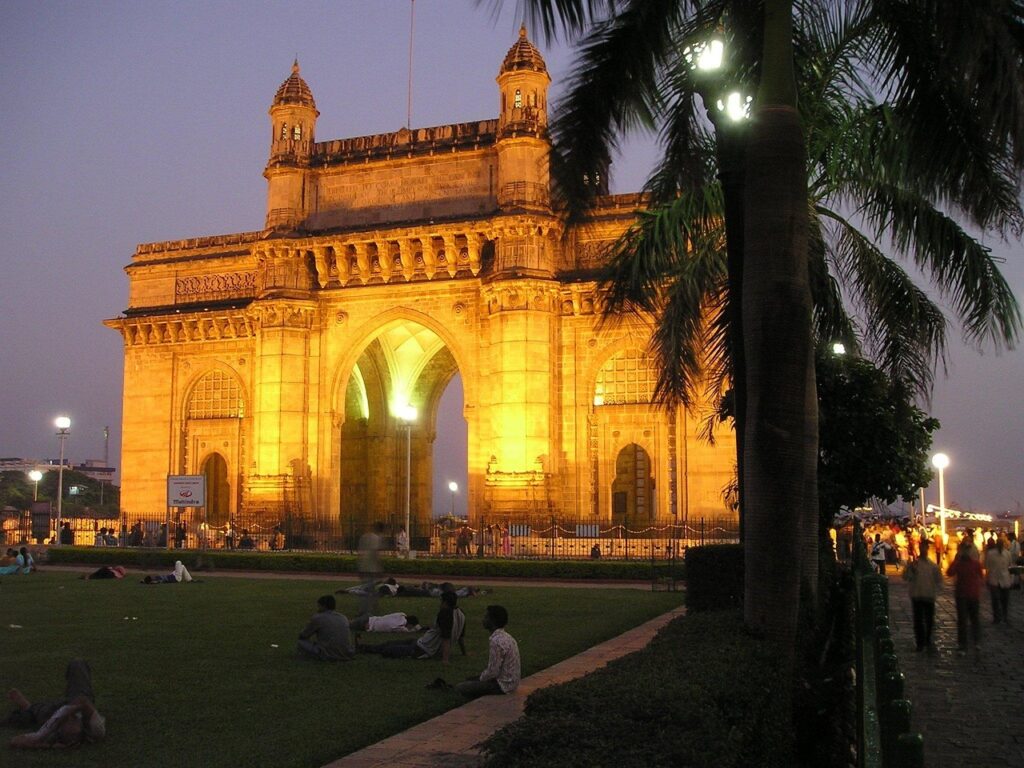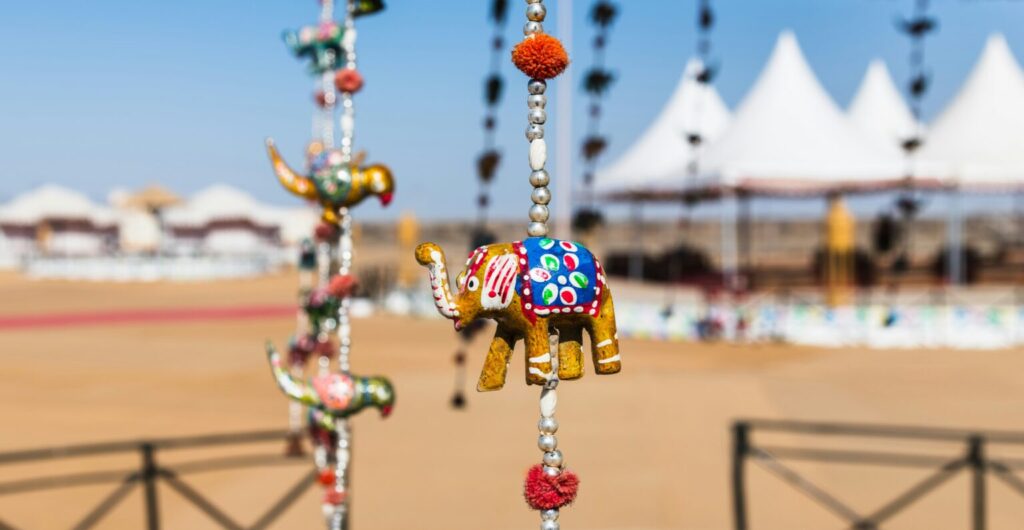Kutch Nahi Dekha to Kuch Nahi Dekha

The train chugs its way in full speed as my thoughts, we were on our way to Gandhidham a major industrial hub in Kutch the largest district area-wise in Gujrat India.
With almost my mind made up not to travel to this place which seemed to be foreign and where earthquakes happened quite often, I find myself on this chugging train to check on my husband’s new posting.
I always loved train travels and have traveled frequently in all scenarios and situations from reserved to unreserved, but these were the journeys where I connected most with the people, dialects, and the countryside. Travel Time flies as you watch people board and alight as in India the dialect changes every 200km.
You are never bored as the hustle-bustle continues for something or the other, majorly though for space or otherwise sharing of stories over food. You do strike a chord with fellow travelers and the caution “do not eat food given by strangers” goes Puff.
The Flavor of Dialect in Kutch
After the initial settling down, straining my ears to hear and understand the language which sounded similar and sweet but had a different flavor, I break the ice with Bhavesh Bhai who said they were conversing in Kutchi Gujrathi.
Bhavesh Bhai a local of ANJAR a town in Kutch, with his Dhoti, pagdi, and the kurta wore a huge silver KADA (Bangle) in his ankle. He was on his way back home after meeting his family in Mumbai. Every Kutchi has one or the other family member in Mumbai and has one foot in Mumbai and the other in Kutch.
This train journey changed our life as, by the time we got down at Gandhidham, I knew the place like the back of my hand. He described the landscape, food, culture, climate, dialect, natural calamities, hospitality the fighting spirit, and the survival instincts with hard work which made us fall in love with the place.
Bhavesh Bhai My ambassador to Gujrat tourism
I had met the best ambassador for Gujrat after Amitabh Bacchan. I could see the love for the land ooze out in every word of Bhavesh Bhai.
My husband spent nine years in Kutch with Anjar and Gandhidham being his bases which allowed me to visit Kutch innumerable times. I could experience the bone-chilling winters and the blazing summers, Rains are elusive but when they did come, they flooded the area as water absorption was nil due to desert sand.
The landscape is an absolute desert with golden dunes, pretty as they seem they can be very dangerous with storms, the monotone of sand broken by sparsely growing thorny green trees.
The region was rocked by a severe Earthquake, devastated as the region was, with the efforts and incentives from the government the region has bounced back, today’s Kutch is a must-see with world-class Roads, all major industries, and much awareness.
BHUJ TRAILS
Bhuj is 80km away from Anjar. My zhola started getting heavy from my visit to the local villages after doing the normal touristy sightseeing.
Traveling in the Tuk Tuk (6 seaters) decorated colorfully with tassels matching my Kutchi zhola picked up on one of the many visits, these (6 seaters) reach the small hamlets and villages in the interiors my bridge to memories in making.

Visiting the Aaina Mahal
This kutchi style edifice gives you a feel of the local architecture but I feel as If I am standing in one of the palaces in Europe. As I wander through the various halls the place stands tall embellished by mirrors, tiles, and glass. I wonder about the craftsmanship and find this scripture that the palace was conceived by Rao lakhpatiji of Kutch in 1750 but was crafted by the then master craftsmen Ram Singh Malam, he has traveled to Europe decorated the palace in the European style.
PRAG MAHAL
PRAG Mahal commissioned by Rao Pragmalji was designed by Colonel Henry Saint Wilkins in an Italian Gothic style in 1865-1879.
Kutch Museum
The information powerhouse throws light on the embroidery, paintings, arms, musical instruments, sculpture and precious metalwork, tribal cultures, with many examples of ancient artifacts, folk arts and crafts, and information about tribal peoples. It piques my interests and decide to visit the many neighboring villages
Rann of Kutch
This salt marsh in the Thar Desert is about 7500km and one of the largest salt deserts of the world. The Rann is a beautiful phenomenon in itself, one must experience. It’s is an expanse of salt formed by the evaporation of saline water after the monsoons. The Moonlit RANN is like a silver blanket on earth.

The Kalo Dungar
Host to a 400 years old Dattatreya Mandir this hilltop gives a panoramic view of the Great Rann of Kutch and is the highest point of Kutch. Kalo Dungar magnetic hill is a popular optical illusion where the vehicle seems to defy gravity and roll up the slope.
Art is reaped in these hamlets
This journey began when I visited the villages around Bhuj. They are a culture house, I saw much of the art being created and that too with simplicity. With the modern demand, they have tried to amalgamate to meet the need of the hour.
The cramped up TUK TUK with the villagers made me understand the life of the region a little better.
People are warm and hospitable and many live in the circular houses called the BHUNGA houses. These are circular houses created from locally available materials such as timber, bamboo, and clay. These strong mud house houses protect people from earthquakes, sandstorms, and cyclonic winds.
BHUJODI
Bhujodi in Bhuj is a major textile Centre. The 1200 residents have evolved the craftsmanship of tie and die block printing. As you visit them you get an itch to get your hands and try out. With time the artisans have evolved their craft to match up with the modern world demand thus keeping the old traditions still alive.
Ajrakhpur
Ajrakhpur a unique block printing with patterns and natural colors made from Mehendi, pomegranate, mud, and haldi this art with the Khatri’s go down generations some 400 years ago who migrated from Sindh. The art is some 3000 years old.
Khawada
Khawda village is known for its potters, leather crafts, and milk products. It also hosts the biggest Flamingo colony which migrates every year.
A bagful of memories. The Kutchi zhola
Reminiscing into my zhola memories unfold, memories of smells, sights, sounds, and people this bright red semicircular intricately embroidered zhola with little pieces of mirror and tassels speaks volumes about our HANDICRAFT the word synonymous with the region.
It is full of memories from each village I visited. The tall sharp-featured RABARI Men and Women are dressed extensively with heavy silver jewelry. Every ornament having its own significance, again varying with different tribes.
Every village has something to offer, I found an artisan in every villager the merchandise is made with sheer intricacy be it the pots, patched quilts, mirror work, and block printed fabrics in vibrant colors.
The Fafda and Jalebi with the raw papaya salad with chai are what you are offered and are much loved. I relate to the quote “Kutch Nahi Dekha toh Kuch nahi Dekha” and I am happy I could see some, though many remains.
The taste lingers still on my tongue and the smell wafts my nostrils and the Mitthhi Boli rings in my ears.

MY TIPS
- Add a visit to one or two villages it’s great to get in touch with the roots.
- Buy the handicraft, it’s a great way to promote our country’s rich culture and it’s in vogue.
- Try the milk of the region. It’s rich in all aspects. We are one of the largest exporters of milk.
- Try out the local delicacy, I am a Fan of the Papaya SAMBHARO. Kacchi dabeli. Khichdi and kadhi. The Kutchi food is a mix of Gujrati and Sindhi food.
Did you enjoy reading this blog? Read my other blog;
http://localhost/justonewayticket/legacy-of-existence-khajuraho-temples/
Ready for a hassle-free trip? Connect with me — I’ll plan it all for you!









